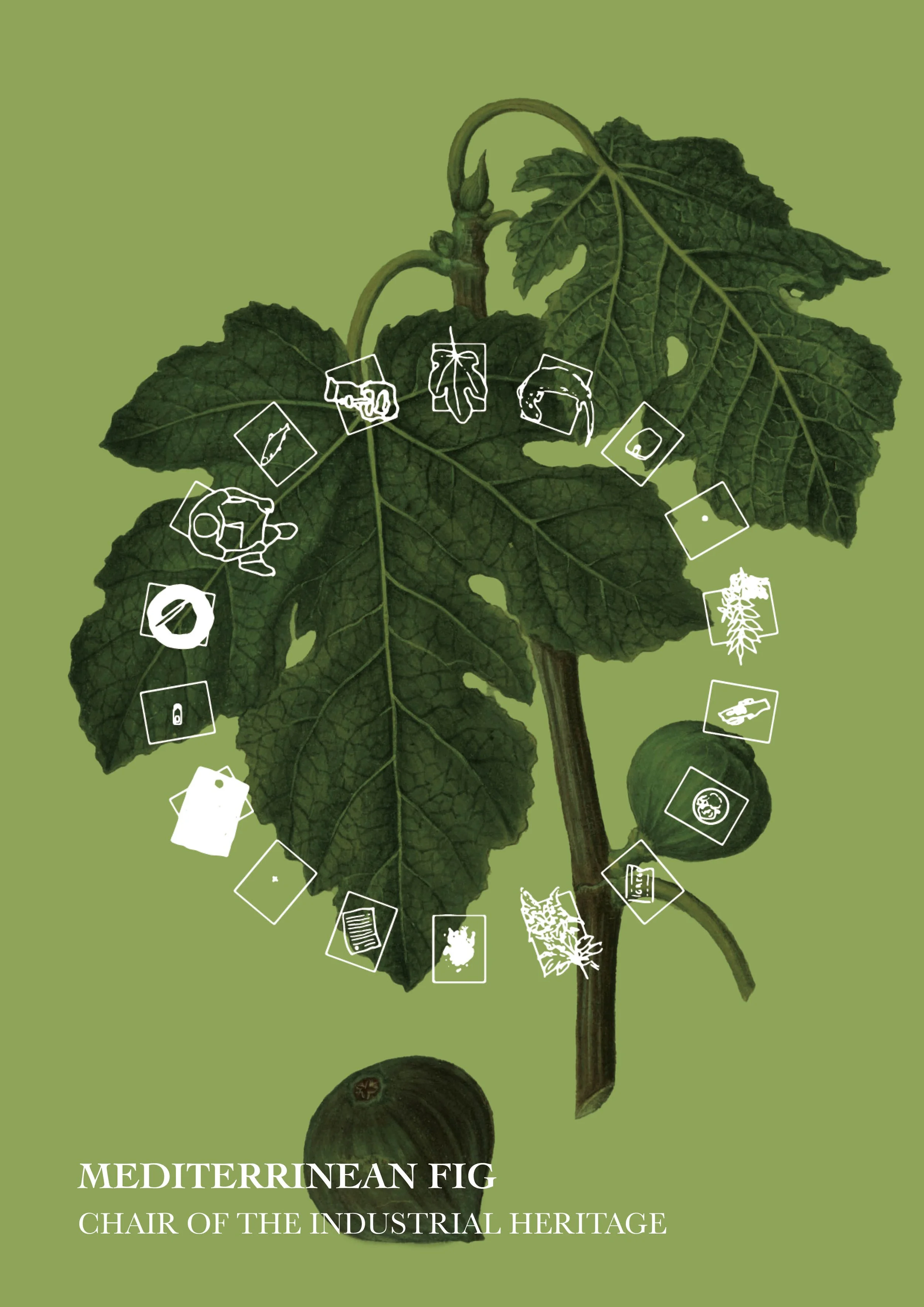Mediterranean fig
Chair of industrial heritage
Walking along a river in an English industrial town, you wouldn't necessarily expect to come across a Mediterranean fig. The tree, which as its name suggests thrives in maritime and warm conditions, has made a curious journey to the banks of the River Sheffield. The oldest fig trees took root in Sheffield 70 years ago, thanks to human appetites, a poor sewage system and the steel industry.
In the Steel City, steel and brickworks spewed dense clouds of pollution into the sky, blotting out the sun - light conditions changed rapidly and many native species were unable to adapt. The canopy cleared space for invasive species to colonise, and so species Butterfly bush, Himalayan balsam and Mediterranean fig arrived to Sheffield.
Fig biscuits were a favourite of factory workers and so fig seeds were carried by human digestion into the river, which, as well as serving as a sewage system, also served as a cooling system for the factories. The water from the river was diverted to the mills to cool the scalding hot steel, then discharged back into the river for use by other mills causing thermal pollution. The water temperature rose to 20–30 degrees Celsius year-round, creating a cosy environment for southerners. The Mediterranean fig thus took root on the banks of the Sheffield river in conditions that had become quite suitable for the species. The Mediterranean fig is the first invasive species to be given protected status as part of Sheffield's industrial heritage.
Englantilaisen teollisuuskaupungin joen vartta kulkiessa ei välttämättä odottaisi törmäävänsä Välimeren viikunaan. Nimensä mukaisesti merellisissä ja lämpimissä olosuhteissa viihtyvä puulaji on kulkenut kummallisen matkan Sheffieldin joen pientareille. Vanhimmat viikunapuut juurtuivat Sheffieldiin 70-vuotta sitten ihmisen ruokavalion, puutteellisen jätevesijärjestelmän ja terästeollisuuden ansiota. Teräskaupungissa teräs- ja tiilitehtaat tupruttivat tiheitä saastepilviä taivaalle hämärtäen auringon – valo-olosuhteet muuttuivat nopeasti, eivätkä lukuisat kotoperäiset lajit kyenneet sopeutumaan muutokseen. Lajikato raivasi tilaa vieraslajeille, kuten syrikkäille, himalajan palsamille ja välimeren viikunalle.
Viikunakeksit olivat tehdastyöläisten suuressa suosiossa ja niin viikunansiemenet kulkeutuivat ihmisen ruuansulatuksen kautta jokeen, joka viemäriverkoston ohella toimi myös tehtaiden jäähdytysjärjestelmänä. Joen vesi ohjattiin tehtaisiin jäähdyttämään tulikuumaa terästä, minkä jälkeen se laskettiin takaisin virtaan muiden tehtaiden hyödynnettäväksi. Veden lämpötila nousi ympärivuotisesti 20–30 asteeseen, luoden kotoisat oltavat etelän asukille. Niin välimeren viikuna juurtui Sheffieldin joenpientareille lajille varsin otollisiksi muuntuneisiin olosuhteisiin. Välimeren viikuna on ensimmäisenä vieraslajina saanut suojelustatuksen osana Sheffieldin teollistumisen perintöä.
Entanglements to other actors:
Products of steel industry, natural resources, sewage system.
Seela Pentikäinen
